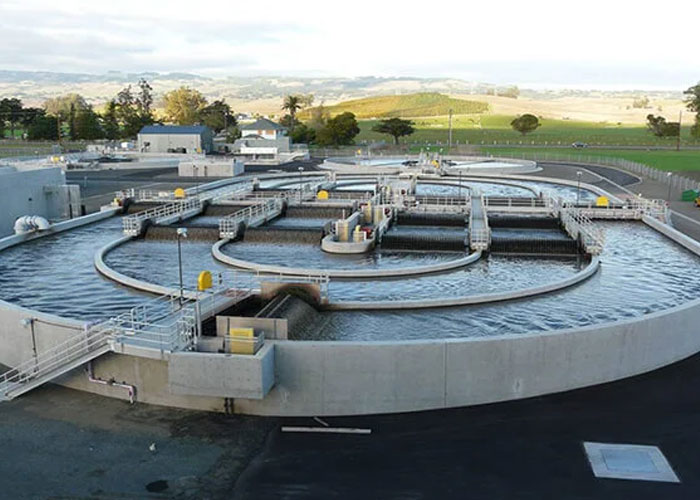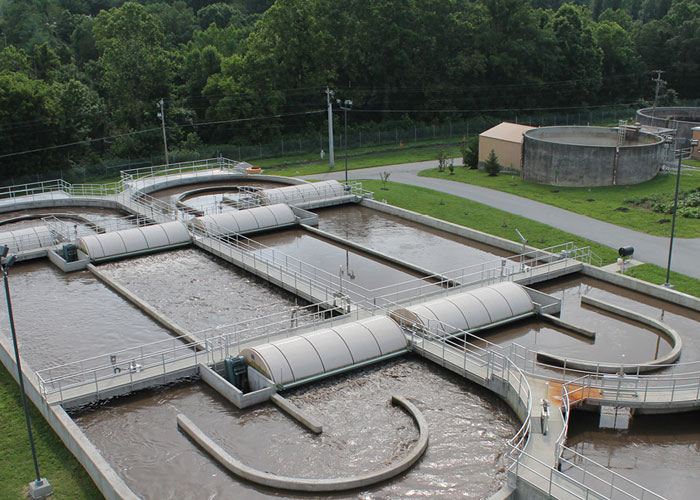Wastewater treatment includes a variety of steps. Primary treatment may include a process called equalization. Secondary treatment may involve a process called physical or biological treatment. The final treatment may involve a combination of methods. Some wastewater treatment techniques are used to remove certain contaminants, while others are more complex, involving chemical treatment and advanced filtration.
Depending on the location of your home, you might have to purchase an STP to handle your sewage. Generally, residential buildings need at least one STP to treat sewage. Many STPs are located underground, making them difficult to maintain. Moreover, you may not be able to inspect them without hiring an expert. It is better to consult a professional if you have any doubts about the process.
Secondary treatment
Secondary treatment is the process of recycling wastewater into usable water. The process involves oxidizing the organic material that is present in the wastewater. This organic material is either colloidal or dissolved in water. In the presence of microorganisms, oxygen, and nutrients, the organic matter will oxidize into carbon dioxide and water. These processes need an adequate supply of nutrients and oxygen and a containment system to keep contaminants out.
In this stage, wastewater undergoes a series of processes to render it usable for various purposes. Some of these processes include equalization, neutralization, and oil and grease separation. The next step is the primary treatment, which involves the physical separation of contaminants. This step typically includes comminution, screening, and grit removal.

Secondary treatment can help remove certain pollutants from wastewater. It may remove VOCs, heavy metals, and toxins. However, some contaminants may not be eliminated by this process. Secondary treatment may also be required if the wastewater is to be re-used.

Biological treatment
There are various types of biological treatment methods for wastewater produced in residential buildings. The primary method is trickling filters, which use the intermittent flow of wastewater over a biological film. The microorganisms attached to the biological film consume the ammonia and organic matter in the wastewater. Biological treatment also uses coagulating chemicals that attach to finely divided colloidal material and form flocs. Lagoon systems can be naturally aerated or have a mechanical aerator to stir the wastewater and maintain good contact with the organisms.
The biological process is usually divided into two parts, anaerobic and aerobic, and uses microorganisms to break down organic materials. These biological processes also remove biodegradable materials, soluble organic substances, and colloids. Nematodes and bacteria are used in biological treatment to break down wastes. This method aims to produce more purified wastewater with higher dissolved-solids content.
The biological treatment systems used in residential buildings are based on a consortium of microbial strains that feed on organic pollutants. They consume organic matter and, in addition, convert ammonia to nitrate. Various approaches to secondary treatment are employed, including lagoon systems, fixed-film treatment, and suspended film technology.
Physical treatment
The physical treatment of wastewater produced in residential buildings includes several steps. The first step involves screening the wastewater to remove large objects that can cause damage to wastewater treatment equipment. Without proper screening, wastewater treatment equipment will continue to malfunction. This step utilizes special equipment to remove the wastewater's grit and other solid waste. The solid wastes are then transported to a landfill.
Sewage from residential buildings contains a variety of substances, including organic and inorganic materials. Some of these substances are biodegradable, while others are not. Both types can damage aquatic life and reduce the water's quality. In addition to dissolved solids, wastewater can contain some gases. These gases can cause odors and interfere with treatment processes. Some are potentially hazardous, especially methane gas. These compounds must be treated appropriately to ensure they are not released into the water.
Sewage carries many bacteria, viruses, and parasites. Some of these pathogens originate from human and animal waste. The typical home contains enough pathogens to present a public health risk. Other likely sources in a community include schools, hospitals, and food processing plants.
Advanced treatment
Advanced treatment of wastewater produced in residential buildings is essential to avoid contaminants entering the water supply. Unlike ordinary treatment processes, the advanced treatment uses multiple treatment steps. It includes dewatering, removing pathogens and chemical coagulants, and purifying wastewater to EPA limits. It also reduces odours and provides safe drinking water.
Conventional treatment involves physical, chemical and biological processes to remove organic matter and solids. These processes are classified as primary, secondary, and advanced. The treatment processes can also be combined. Advanced wastewater treatment can also be used in place of secondary treatment. The process is a complex combination of various processes designed to achieve certain goals.
Advanced treatment of wastewater produced in residential buildings involves a process called coagulation. Coagulated chemicals combine with finely divided colloidal materials in this process to form flocs. This step involves carbon dioxide and living organisms that metabolize the colloidal matter.







































Share Post